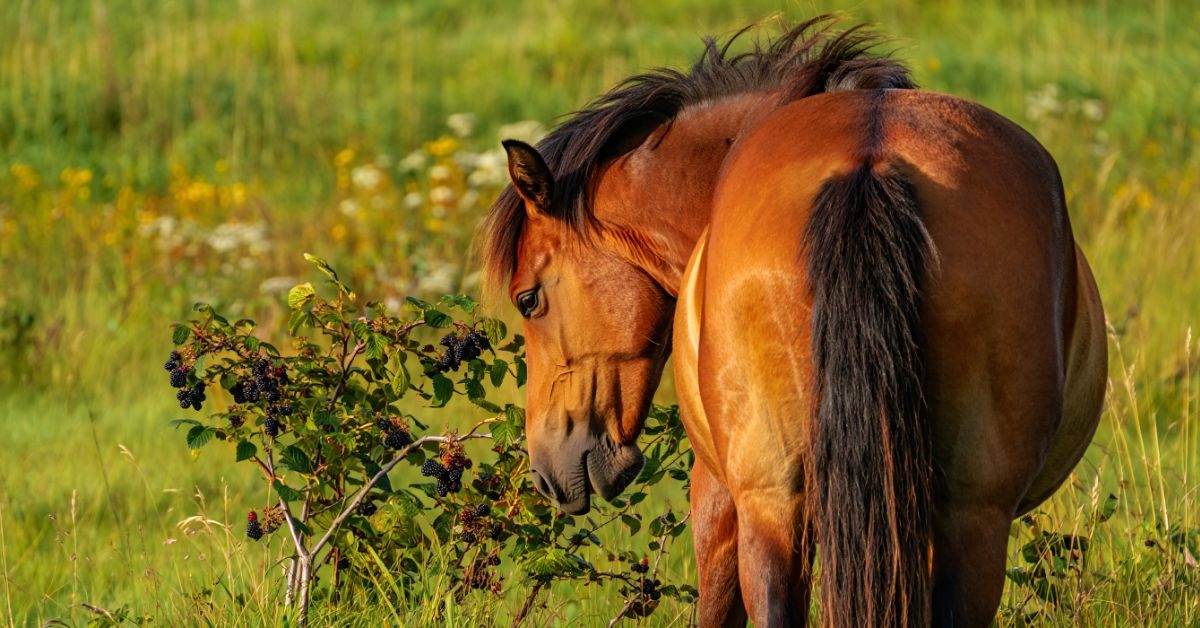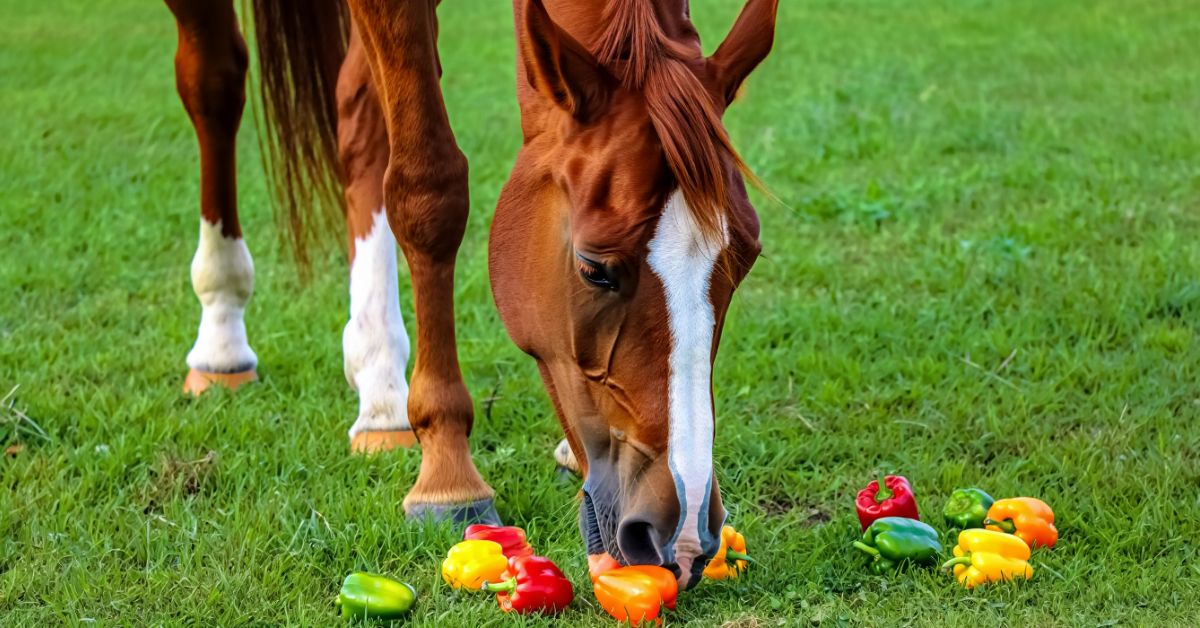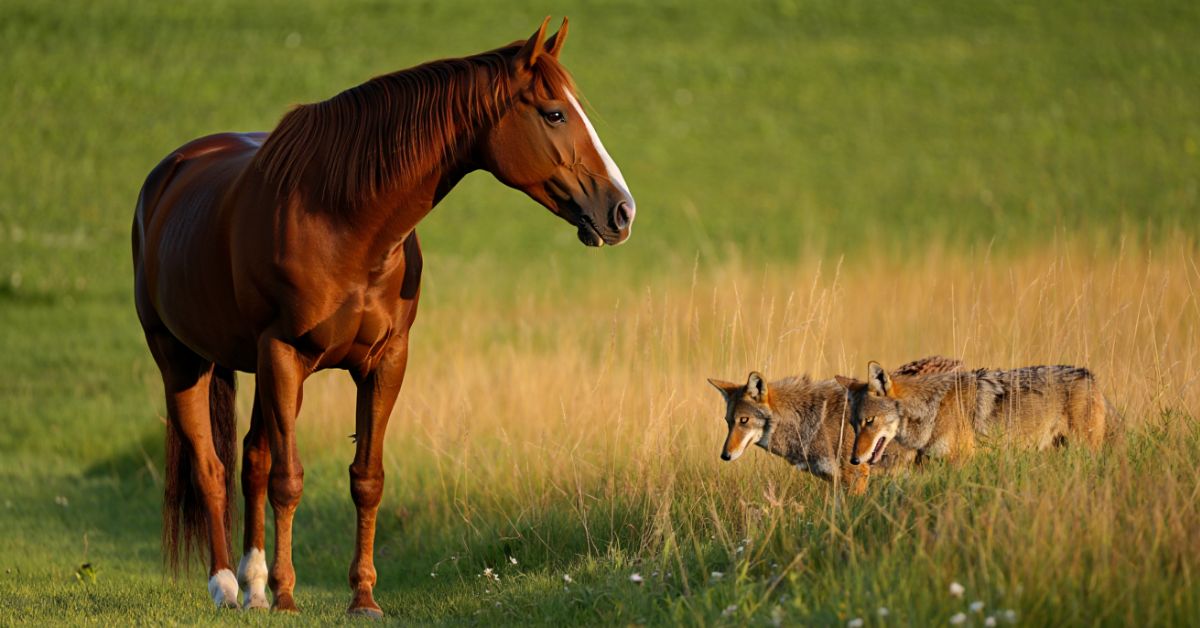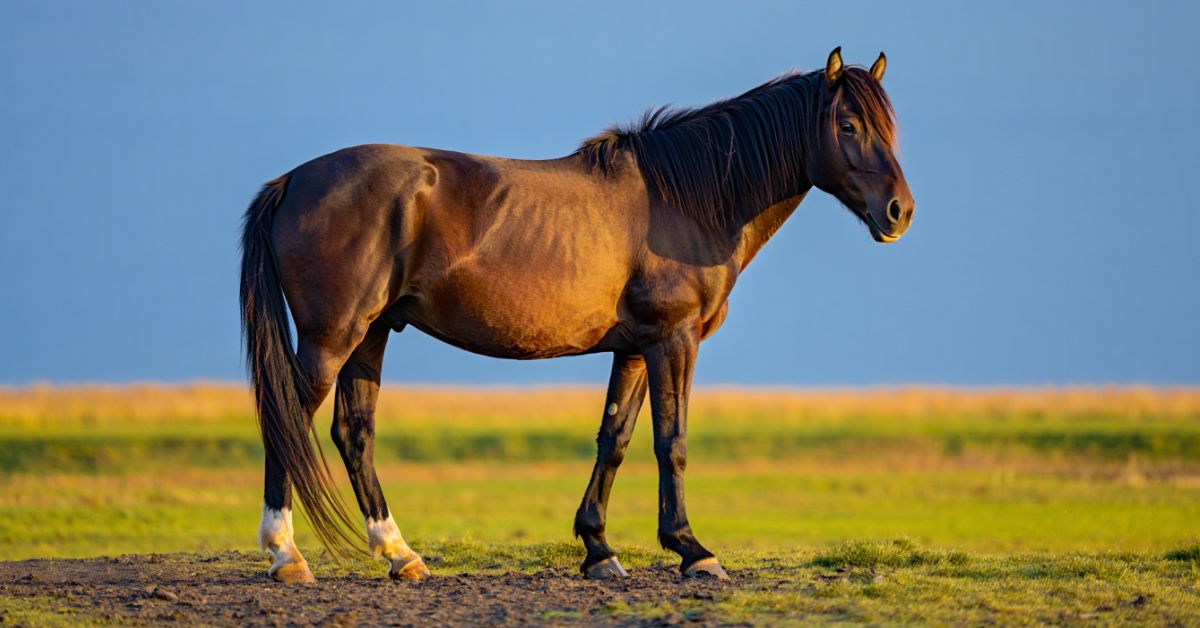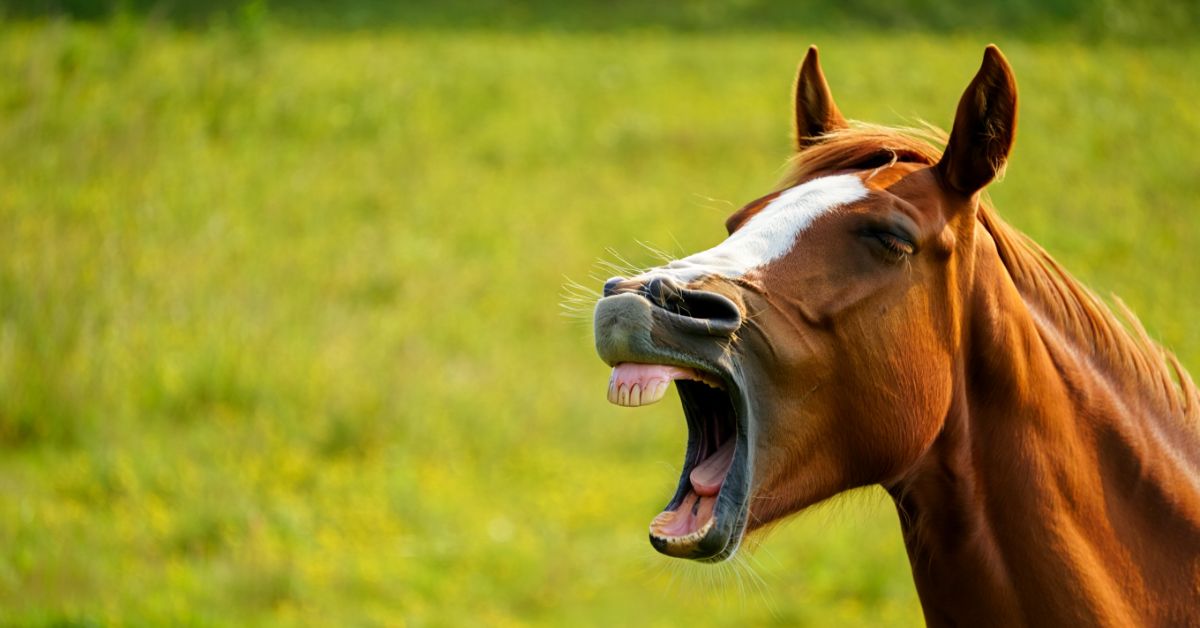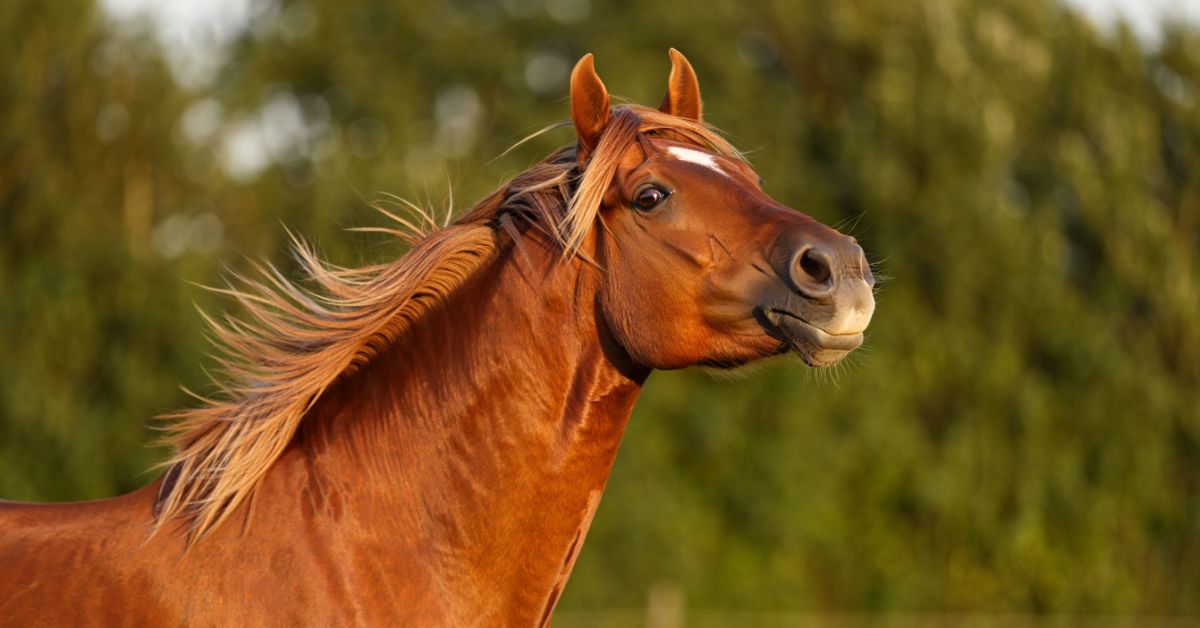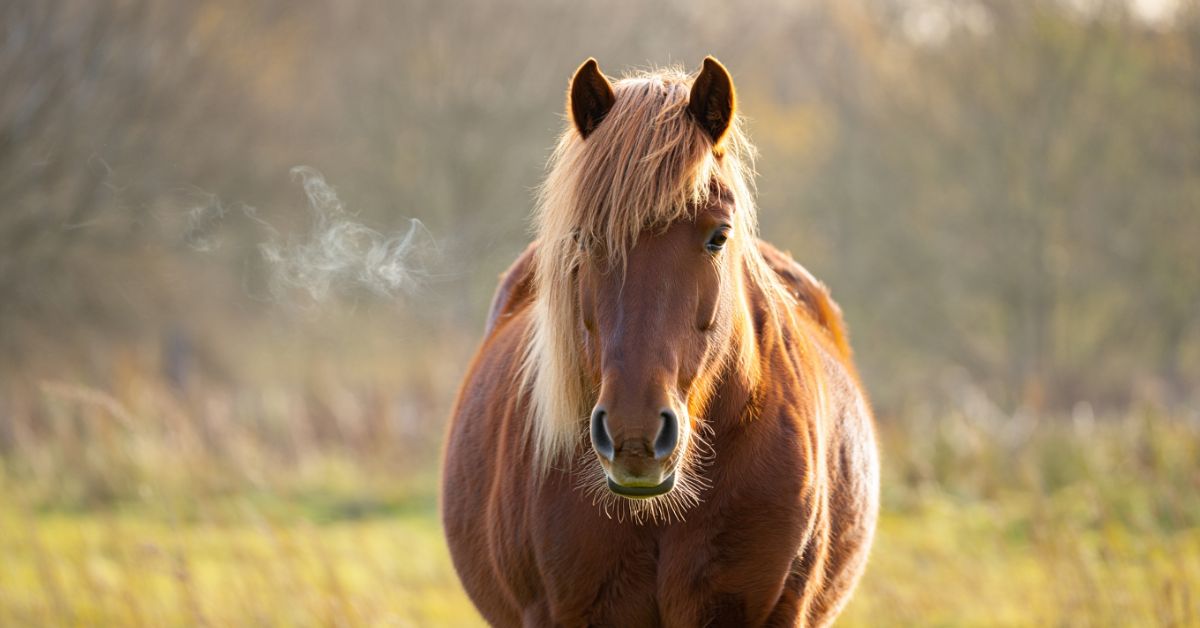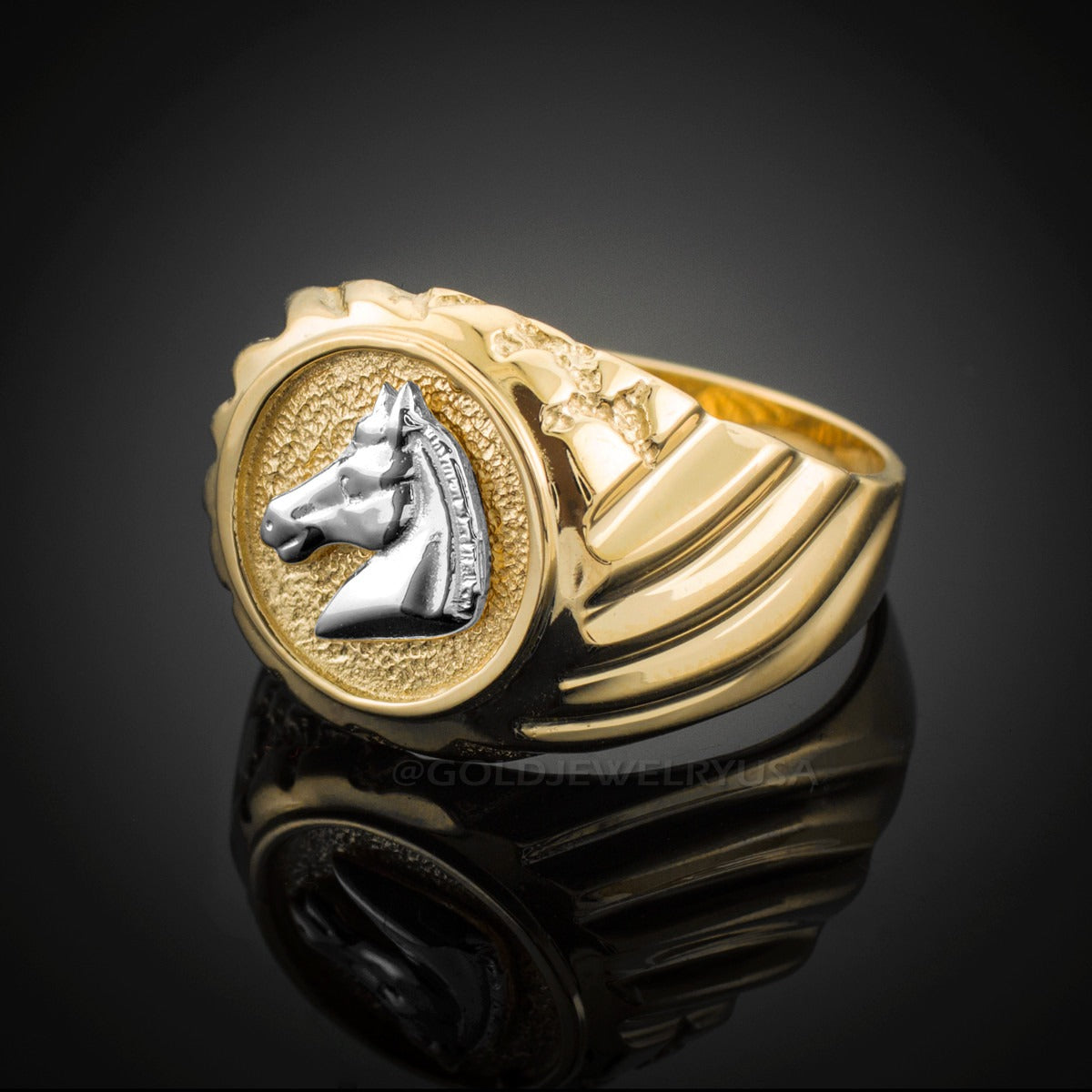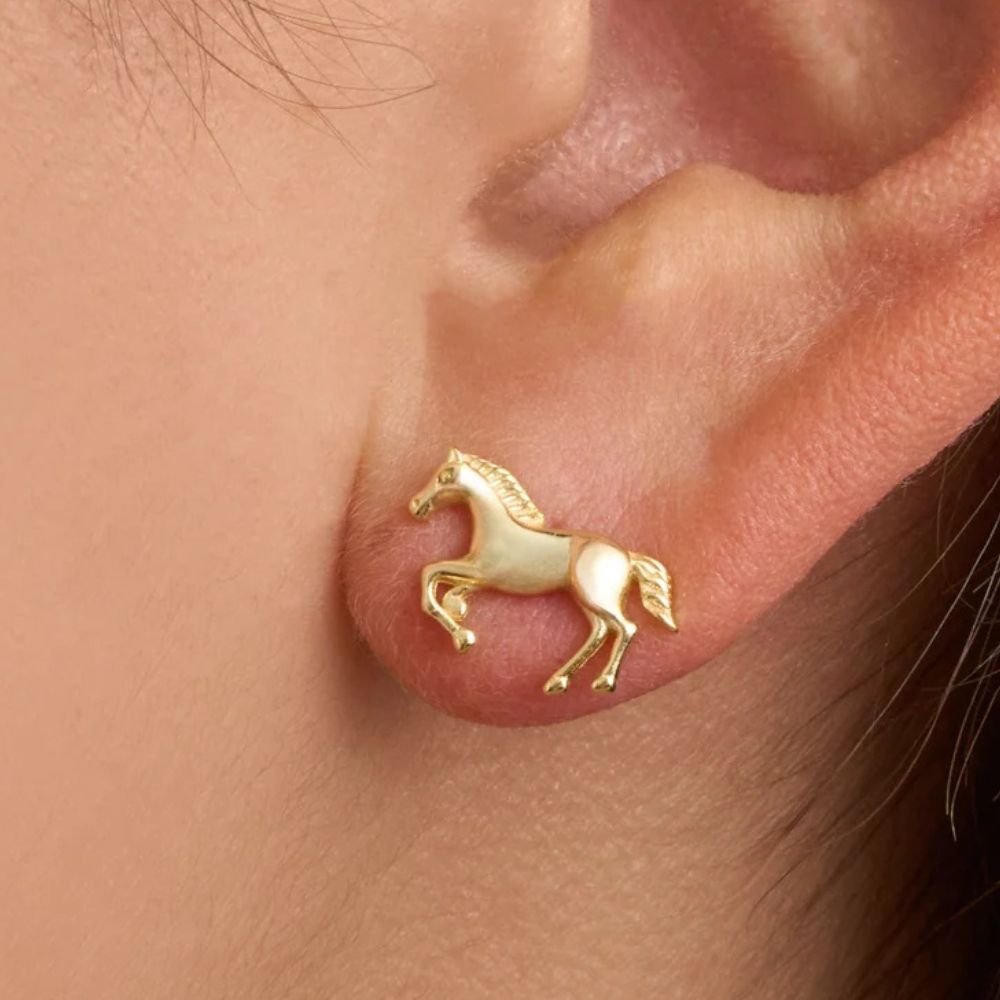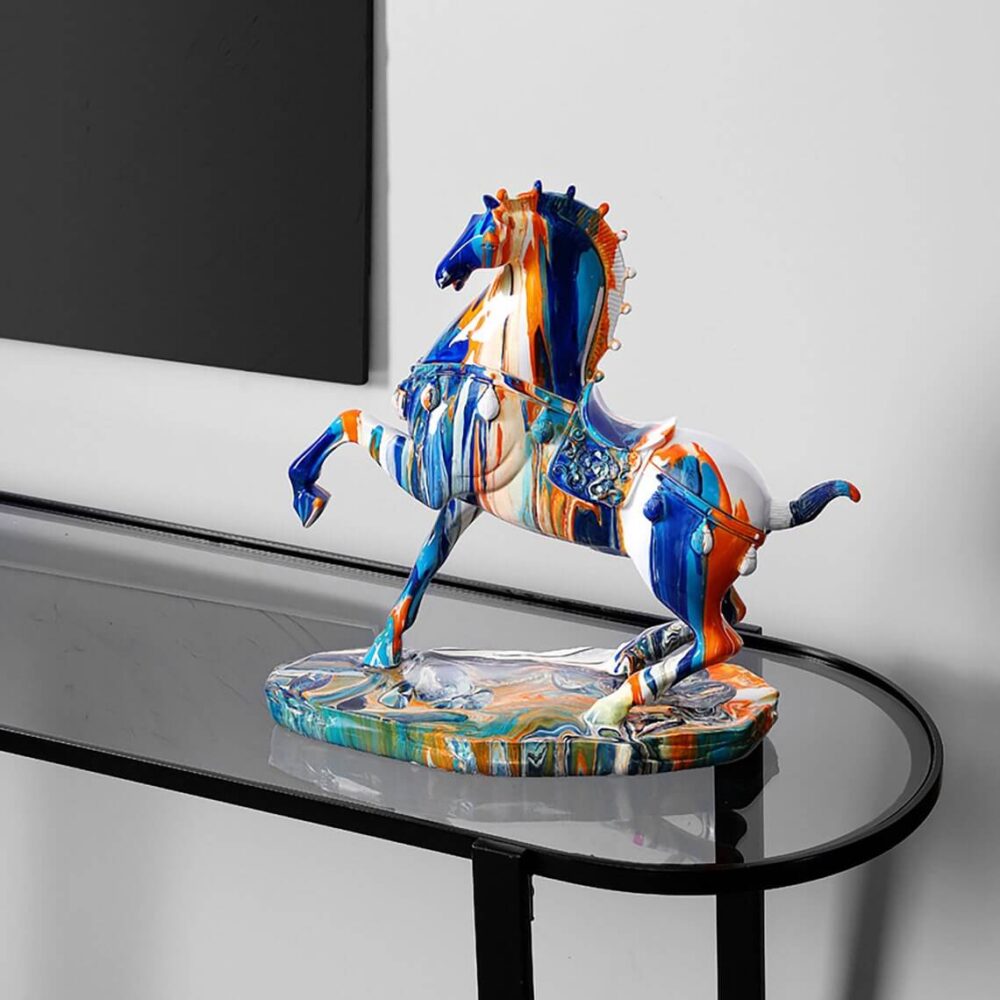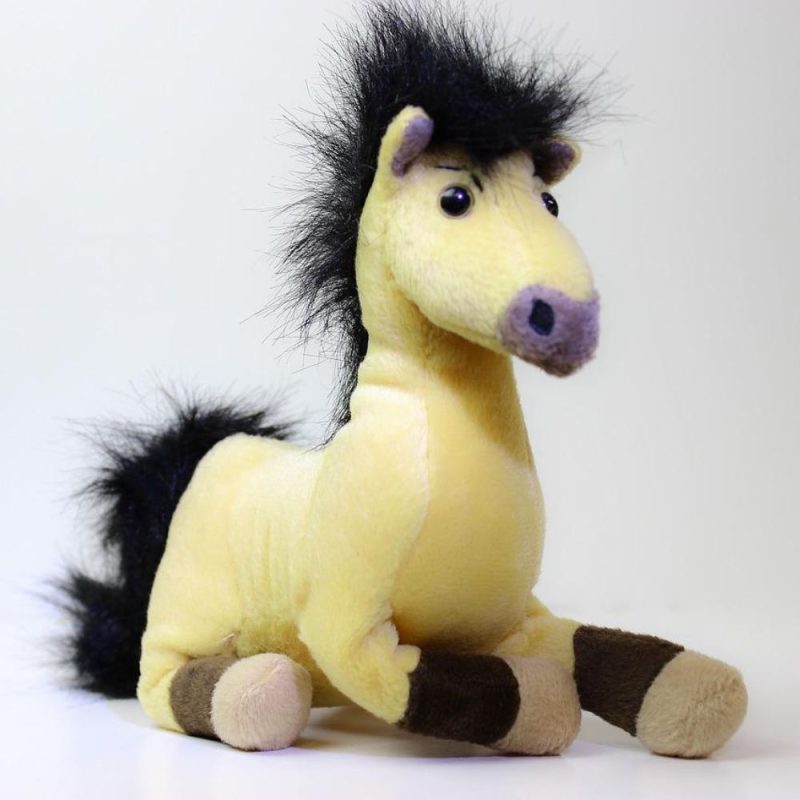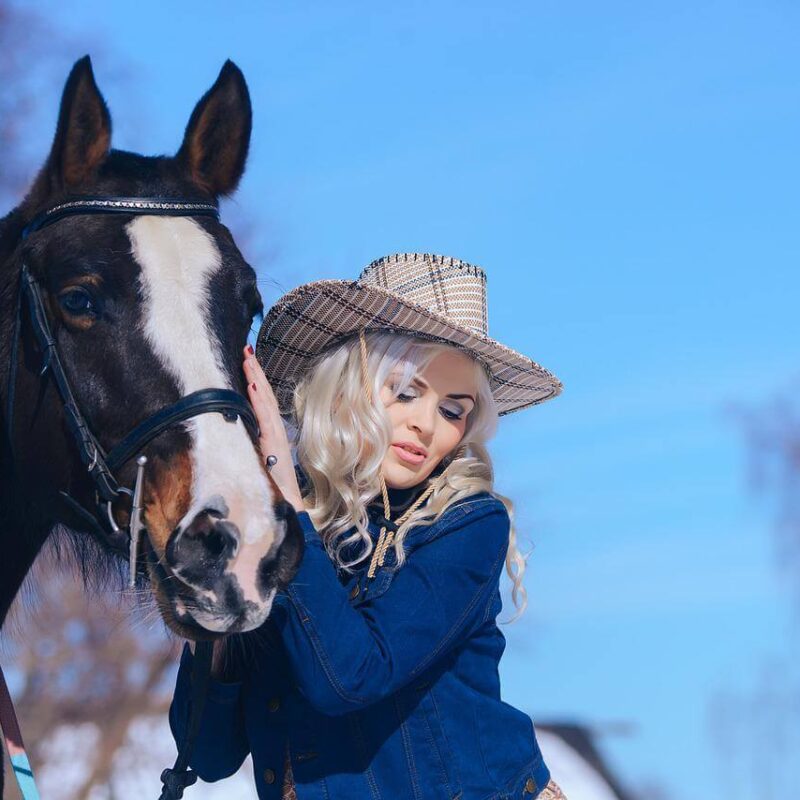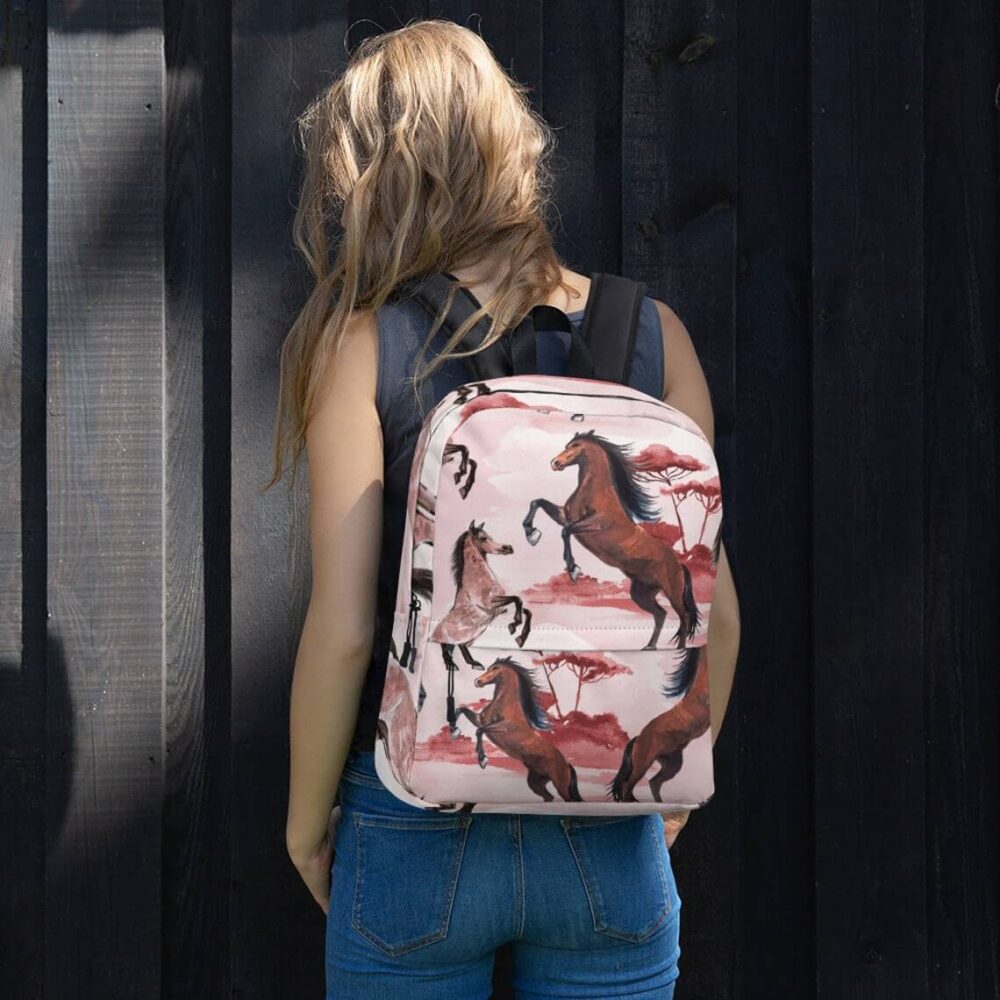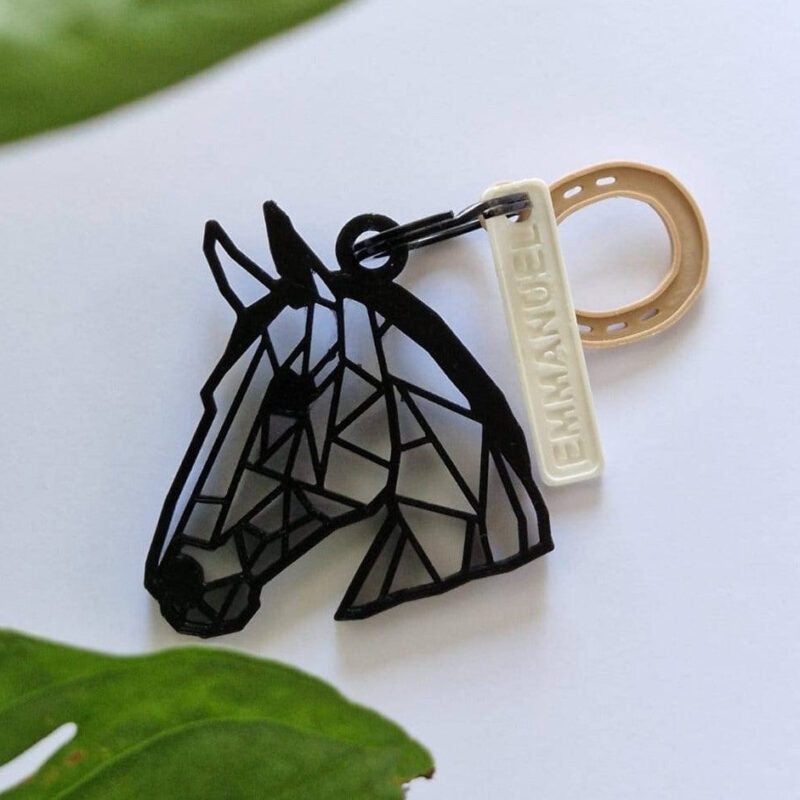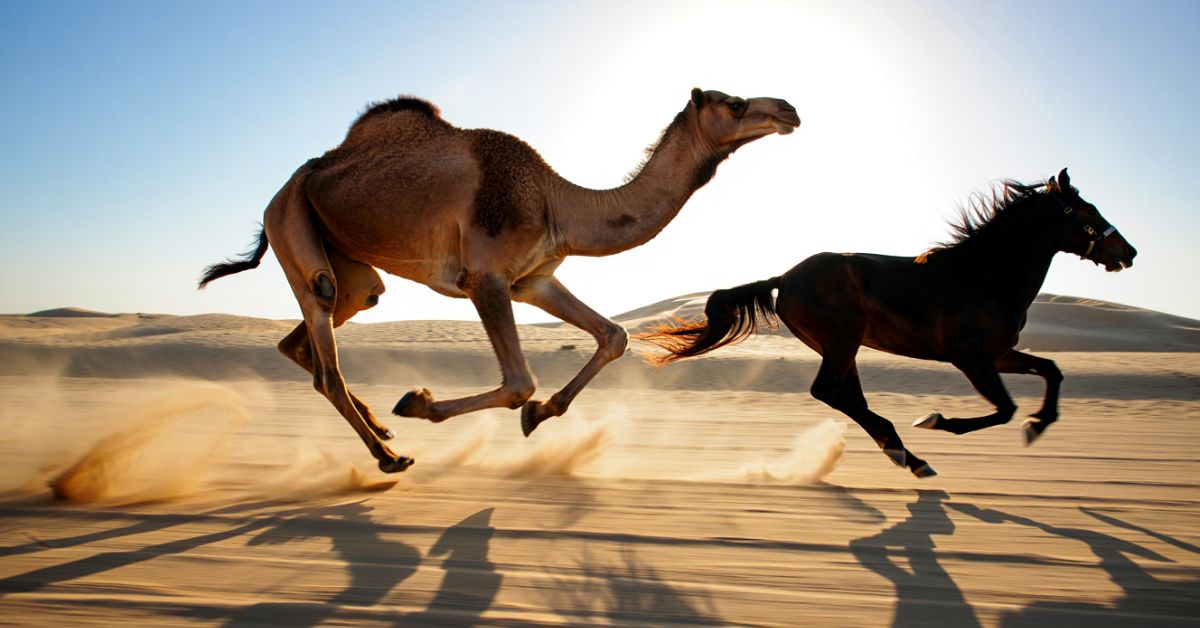
Can a Camel Outrun a Horse? The Surprising Speed Showdown
Picture this: a majestic horse galloping across an open field versus a camel striding through endless desert dunes. Which one would cross the finish line first? If you've ever wondered whether a camel can outrun a horse, you're about to discover the fascinating truth about these incredible animals.
The short answer? In a sprint, horses dominate. But when it comes to long-distance endurance, camels reveal their extraordinary desert-adapted abilities. The real story isn't just about raw speed—it's about terrain, distance, and the remarkable adaptations that make each animal a champion in their own right.
In this comprehensive guide, you'll discover the top speeds of both animals, how their running abilities compare across different distances, and why the winner depends entirely on the race conditions. Let's dive into this ultimate animal speed showdown! 🐴🐪
Understanding Maximum Running Velocity: The Numbers
Horse Top Speed: Built for Power
Horses are legendary sprinters, and the numbers prove it. A Thoroughbred, bred specifically for racing, can reach breathtaking speeds of 40-44 mph (64-70 km/h) in full gallop. The Quarter Horse, known for explosive acceleration, holds records reaching 55 mph (88 km/h) over short distances.
Even a typical riding horse maintains impressive sprinting speed of 25-30 mph (40-48 km/h). Their powerful hindquarters, long legs, and specialized horse gallop gait create the perfect biomechanical machine for speed.
For comparison, horses rank among the fastest land animals capable of sustained high-speed running, outpacing most predators and prey alike.
Camel Top Speed: The Desert Surprise
Now, let's talk about camels. The Dromedary camel (single-humped) reaches maximum speeds of 40 mph (65 km/h) in short bursts—surprisingly close to horse performance! Meanwhile, the Bactrian camel (double-humped), built for cold mountainous terrain, tops out around 25-30 mph (40-48 km/h).
These camel sprinting speeds might shock you. In camel racing—a popular sport in Middle Eastern countries—specially bred racing camels regularly hit 35-40 mph (56-64 km/h), sometimes even competing directly with horses.
The camel running ability stems from unique adaptations: their pacing gait (moving both legs on the same side together) provides stability in sandy terrain while maintaining surprising velocity.
Speed Over Short Distances: Horses Take the Crown 🏆
When we're talking about a quick sprint—say 400 meters to 2 kilometers—horses win decisively.
Here's why:
-
Explosive acceleration: A Quarter Horse reaches top speed in seconds, thanks to incredible muscle power density
-
Galloping efficiency: The horse's four-beat gallop maximizes ground coverage with each stride
-
Cardiovascular optimization: Horses have larger hearts relative to body size, pumping oxygen-rich blood rapidly to muscles
-
Selective breeding: Centuries of horse racing have produced animals genetically engineered for speed
A Thoroughbred covering a mile (1.6 km) will consistently outpace any camel. In traditional racing contexts, horses demonstrate superior animal running comparison metrics over distances under 5 kilometers.
Even draft horses, bred for strength rather than speed, can match or exceed camel top speed in short bursts, though they tire more quickly.
Speed Over Long Distances: The Camel's Secret Weapon
Here's where the tables turn dramatically. Over distances exceeding 10-20 kilometers, especially in harsh conditions, camels showcase their true superiority.
Camel Endurance: Desert Marathon Champions
Camel adaptations for speed aren't about explosive power—they're about sustained running speed that doesn't quit. A camel can maintain 25 mph (40 km/h) for over an hour, and keep moving at 15-20 mph (24-32 km/h) for many hours.
What makes this possible?
-
Efficient metabolism: Camels burn energy slowly, preserving resources for extended effort
-
Body temperature regulation: They tolerate body temperature fluctuations of 6-7°C, reducing the need for cooling and water loss
-
Specialized gait: The pacing motion reduces energy expenditure compared to the horse's gallop
-
Fat storage: Those humps provide long-term fuel for sustained activity
In desert terrain, where temperatures soar and water is scarce, camel vs horse long distance comparisons aren't even close. Camels evolved specifically for desert survival speed—the ability to keep moving when other animals collapse.
Horse Endurance: Strong But Limited
Horse endurance is respectable but can't match camel longevity. An Arabian horse—the most endurance-capable breed—can cover 100 miles in a day under ideal conditions with proper rest and water.
However, horses require:
-
Frequent water (10-15 gallons daily, more when working)
-
Regular cooling breaks to prevent overheating
-
Suitable terrain (sand drains equine energy rapidly)
-
Consistent fueling with grain and forage
In long-distance running animals rankings, horses excel in temperate climates with support systems. Remove those advantages, and their performance drops sharply.
The Verdict on Long Runs
For sustained effort over 30+ kilometers in challenging conditions, camels demonstrate superior animal stamina. Historical accounts from desert traders confirm camels routinely traveled 40-50 kilometers daily for weeks, something unsupported horses couldn't replicate.
Speed in Desert Terrain: Where Environment Changes Everything 🏜️
Terrain transforms this comparison entirely. Let's examine how speed in desert terrain favors different competitors.
Why Camels Excel in Sand
Those broad, padded feet aren't just for show. Camels distribute weight across a larger surface area, preventing them from sinking into soft sand. While a horse's hooves punch through loose surfaces, wasting energy with each step, camels glide with remarkable efficiency.
Add scorching temperatures exceeding 50°C (122°F), and the camel vs horse matchup shifts decisively. Camels thrive where horses struggle to survive.
Where Horses Dominate
Give horses firm ground—grasslands, dirt tracks, or paved surfaces—and their horse running ability shines. The powerful horse gallop vs camel gait delivers superior acceleration and top-end speed on stable footing.
In moderate temperatures with accessible water, equine performance surpasses camels across all distances under 15-20 kilometers.
Running Gaits: The Biomechanics of Speed
Understanding running gaits camel horse reveals why each animal succeeds in different contexts.
The Horse Gallop: Power in Motion
Horses employ multiple gaits—walk, trot, canter, and gallop. The gallop is a four-beat gait with a suspension phase where all four hooves leave the ground. This explosive motion delivers:
-
Maximum velocity through powerful hindquarter propulsion
-
Agility for quick direction changes
-
Short-term performance that's unmatched in the animal kingdom
The energy cost is high, limiting sustained running speed duration.
The Camel Pace: Efficiency Over Flash
Camels naturally use a pacing gait where both legs on the same side move simultaneously. This creates a rocking motion that:
-
Conserves energy through reduced vertical displacement
-
Maintains stability on uneven desert surfaces
-
Enables long-duration effort without excessive fatigue
It's not the fastest gait, but it's remarkably efficient for desert marathon performance.
Animal Speed Records: Putting It in Perspective 📊
Let's contextualize these animal running comparison stats:
Sprint Champions (under 1 km):
-
Cheetah: 70 mph (112 km/h)
-
Pronghorn: 55 mph (88 km/h)
-
Quarter Horse: 55 mph (88 km/h)
-
Thoroughbred: 44 mph (70 km/h)
-
Dromedary Camel: 40 mph (65 km/h)
Endurance Champions (50+ km):
-
Humans (ultramarathon athletes): exceptional persistent hunting adaptation
-
Camels: 25-30 mph sustained for hours
-
Sled Dogs: 20 mph for extended periods
-
Arabian Horses: 15-20 mph with support
-
Wildebeest: migration specialists
The camel vs equine performance comparison shows each animal evolved for different ecological niches.
Can a Camel Beat a Horse in a Race? Final Answer 🎯
So, can a camel outrun a horse? The answer is nuanced:
Horses win if:
-
Distance is under 5 kilometers
-
Terrain is firm and even
-
Temperatures are moderate
-
Both animals are rested and hydrated
-
Speed matters more than endurance
Camels win if:
-
Distance exceeds 20-30 kilometers
-
Terrain is sandy or loose
-
Conditions are hot and dry
-
Water is scarce
-
Sustained effort matters more than peak speed
In a head-to-head sprint, the horse crosses the finish line first. In a desert ultra-marathon, the camel leaves the horse far behind—or the horse doesn't finish at all.
Camel Race History: Speed Through Culture
Camel racing has been part of Middle Eastern and North African cultures for over 1,400 years. Modern races showcase the impressive camel racing speed capabilities, with:
-
Professional tracks in UAE, Saudi Arabia, and Qatar
-
Prize money reaching millions of dollars
-
Racing camels valued at hundreds of thousands
-
Speeds regularly approaching 40 mph in competitive events
These races prove camels deserve recognition as legitimate speed athletes, not just endurance plodders.
Horse Adaptations for Speed: Evolutionary Excellence
Horse adaptations for speed represent millions of years of evolutionary refinement:
-
Large lungs and heart: delivering oxygen efficiently during intense effort
-
Muscular hindquarters: generating explosive propulsion
-
Elongated limbs: maximizing stride length
-
Specialized hooves: providing traction and shock absorption
-
Fast-twitch muscle dominance: enabling rapid acceleration
Combined with centuries of selective breeding, modern racing horses are biological marvels optimized for velocity.
FAQ: Camel vs Horse Speed Showdown
What is the top speed of a camel compared to a horse?
The fastest dromedary camel speed reaches approximately 40 mph (65 km/h), while a Thoroughbred horse tops out at 44 mph (70 km/h). A Quarter Horse can briefly hit 55 mph (88 km/h). In pure top speed, horses have a slight edge, but camels are surprisingly competitive.
Which animal is faster over long distances?
Camels dominate long-distance performance, especially beyond 20 kilometers. While horses excel in sprints and middle distances on firm terrain, camel endurance allows them to maintain 20-25 mph for hours in conditions that would exhaust a horse.
Can a camel beat a horse in the desert?
Yes! In desert terrain with high temperatures and limited water, camels consistently outperform horses. Their specialized adaptations for heat, water conservation, and sandy surfaces make them the superior desert athlete for any distance over a few kilometers.
What's faster: a Thoroughbred or a racing camel?
A Thoroughbred is faster in a sprint, reaching 44 mph versus a racing camel's 40 mph. However, the camel maintains higher average speeds over extended periods. In a 100-kilometer desert race, the camel would win decisively.
How do running gaits affect speed in camels and horses?
The horse gallop generates maximum velocity through powerful strides with an airborne phase, perfect for sprints. The camel's pacing gait prioritizes energy efficiency and stability, enabling sustained speed over hours. Each gait optimizes for different racing contexts—sprint versus marathon.
Conclusion: Two Champions, Different Arenas
The question "can a camel outrun a horse" doesn't have a simple yes or no answer. These magnificent animals represent different evolutionary solutions to the challenge of speed.
Horses embody explosive power, breathtaking acceleration, and sprint supremacy. Their maximum running velocity makes them unbeatable over short to medium distances on favorable terrain. For thousands of years, they've been humanity's partners in transportation, warfare, and sport.
Camels showcase remarkable adaptability, incredible endurance, and desert mastery. Their sustained running speed and environmental resilience make them irreplaceable in harsh climates where horses simply cannot compete.
The real winner? Nature itself, which created two distinctly capable animals, each perfectly suited to their ecological niche. Understanding their unique strengths helps us appreciate the extraordinary diversity of animal running comparison in our world.
And you, which animal's abilities impress you most? Share your thoughts in the comments below! 👇
Want to dive deeper into the equestrian world? Discover our complete guide to horse breeds and their unique abilities to learn more about what makes horses such incredible athletes.
Don't miss our expert tips! Subscribe to our newsletter and receive the best insights about horses, animal behavior, and equestrian lifestyle directly in your inbox. Join the Dream Horse community today! ✨🐴
